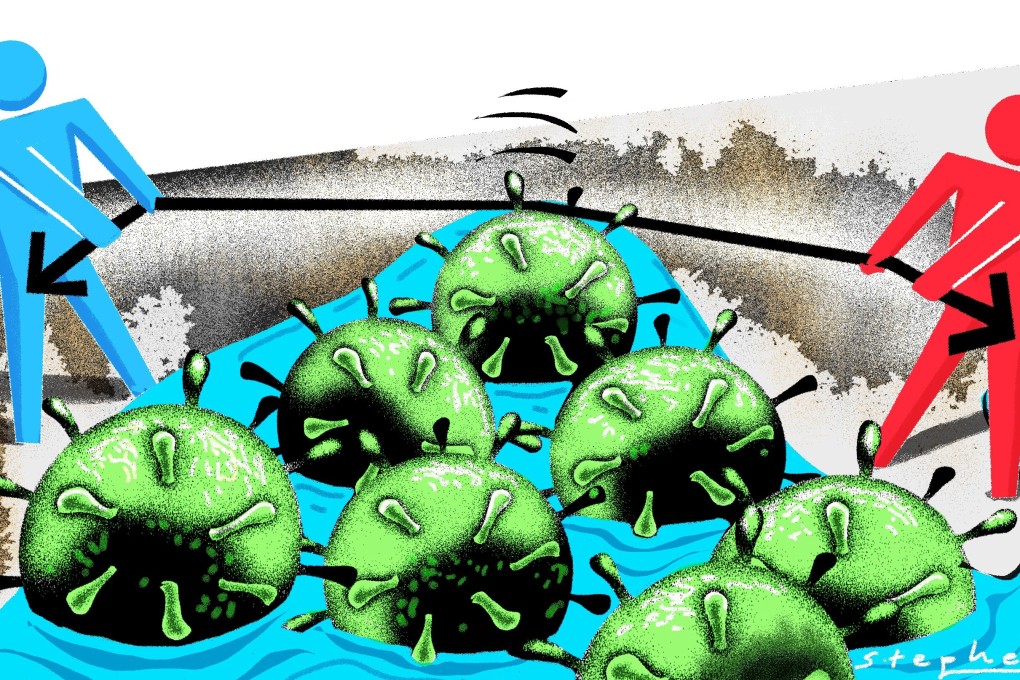Opinion | How Hong Kong can avert a fourth wave of Covid-19 infections
- Studies show that infection transmission can vary widely depending on the primary setting. An understanding of the different risks involved would help policymakers maintain control even as containment measures are relaxed

Understanding the variability of infection transmission, as inferred from global molecular epidemiological studies, is increasingly recognised as paramount to controlling the pandemic. Mathematical modelling estimated that 10 per cent of Covid-19 cases might have accounted for 80 per cent of transmissions worldwide. Studies in Hong Kong have also found that 20 per cent of cases were responsible for 80 per cent of local transmissions.
Understanding the risks for transmission in these clusters which could lead to large outbreak of infections is critical for maintaining control, as social-distancing measures are relaxed. The viral load or infectivity of the human source is one key determinant of transmission risk. The other is the type of setting in which cluster transmission takes place, which can be controlled.
